Charlotte Collins
Wed, September 27, 2023
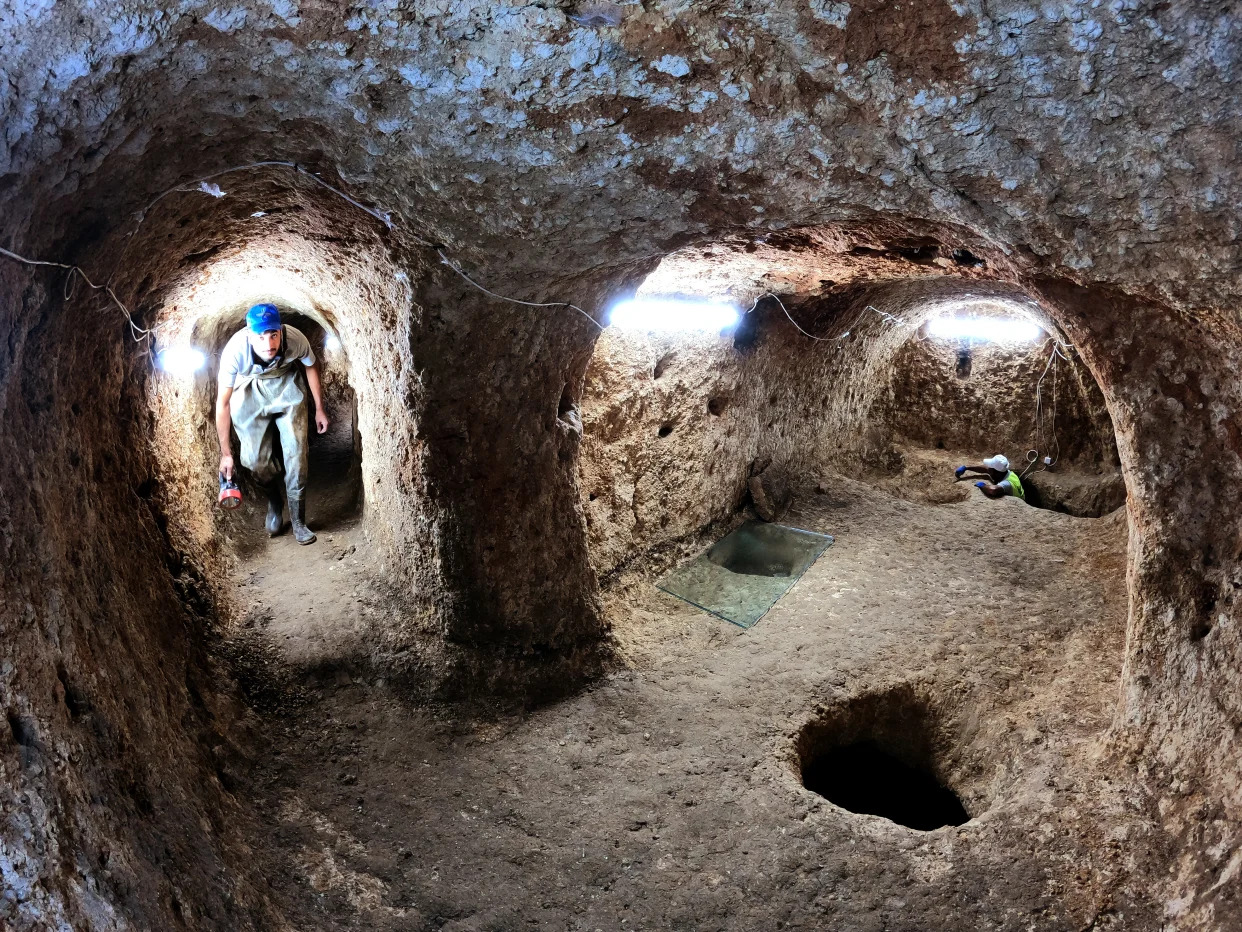
Beneath the streets throughout parts of Turkey, a network of tunnels once housed thousands of residents seeking refuge from invaders and religious persecution. The country is known for its underground cities—particularly the expansive Derinkuyu, which could accommodate over 20,000 people. Though not yet fully excavated, current records indicate the 11-floor settlement measures around 2,000 square feet, with potentially over 5,000 square feet still unexplored. But as of this summer, archaeologists studying a site about 150 miles west of the ancient subterranean sanctuary believe they might have unearthed one of the largest and most advanced underground cities thus far. The network of subterranean rooms and corridors known as Sarayini covers approximately 215,000 square feet, according to Turkish news outlet Anadolu Agency.
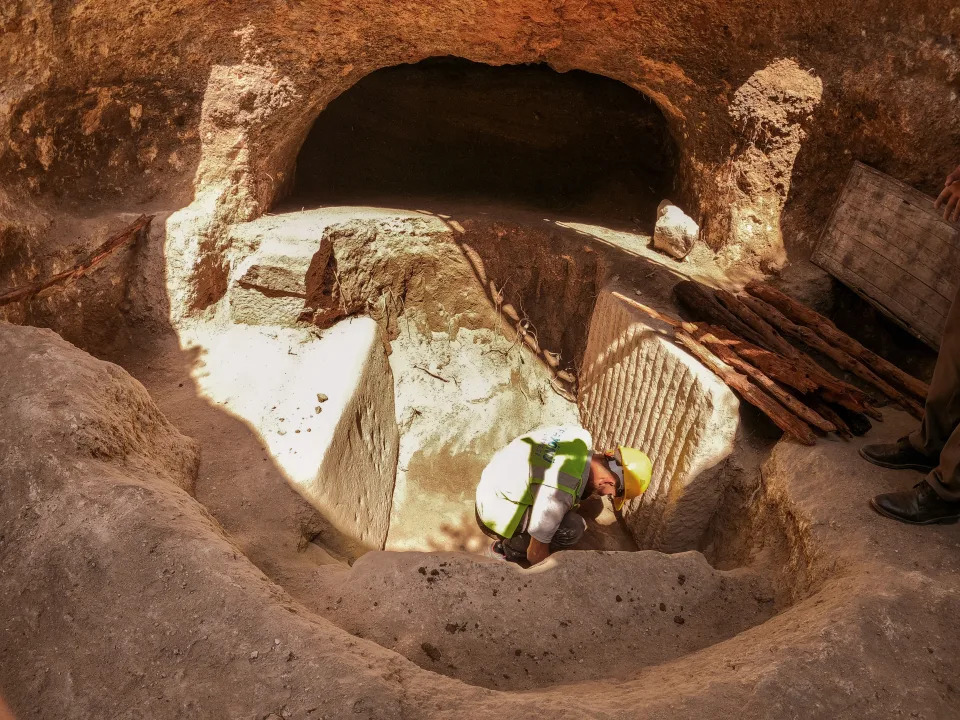
Though it had long been subject of rumors in the area, excavation work to determine the true enormity of Sarayini began only two years ago and is still ongoing.
Photo: Serhat Cetinkaya/Anadolu Agency
Below what is now the Sarayonu district of Turkey’s Konya metropolitan area, a labyrinth of 30 chambers is outfitted with chimneys, storage areas, cellars, and wells. The multilevel network reportedly dates back to the eighth century. Hasan Uğuz, a Konya Museums archaeologist who is directing the excavation, said that the teams working on site were not expecting the settlement to cover so much ground. In addition to its many rooms and halls, one particularly wide passageway is being described as a “main street.” The areas within the structure are likened to palaces for their comfortable nature and the high quality of life the network was able to support—far from the primitive caves one might imagine in discussions of subterranean dwellings. The refined character of the space earned it the name Sarayini, which means “palace” in Turkish.
Below what is now the Sarayonu district of Turkey’s Konya metropolitan area, a labyrinth of 30 chambers is outfitted with chimneys, storage areas, cellars, and wells. The multilevel network reportedly dates back to the eighth century. Hasan Uğuz, a Konya Museums archaeologist who is directing the excavation, said that the teams working on site were not expecting the settlement to cover so much ground. In addition to its many rooms and halls, one particularly wide passageway is being described as a “main street.” The areas within the structure are likened to palaces for their comfortable nature and the high quality of life the network was able to support—far from the primitive caves one might imagine in discussions of subterranean dwellings. The refined character of the space earned it the name Sarayini, which means “palace” in Turkish.
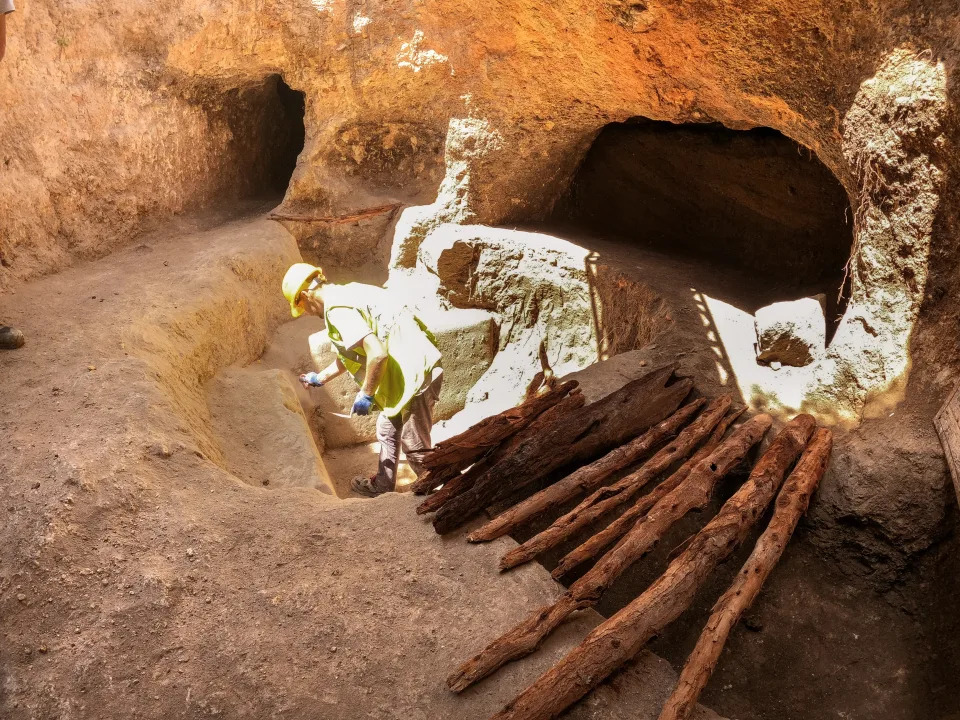
The excavation work has unearthed a labyrinth of corridors and galleries as well as a number of amenities that give an idea of what life in the temporary retreat was like, including stoves, cellars, and storage areas.
Photo: Anadolu Agency/Getty ImagesMore
“We did not think that it could spread over such a large area,” Uğuz told Anadolu Agency in August. “During the surface surveys, the old men living here said that they had visited this place when they were children and that it was a very large underground city.” Uğuz believes that this year’s excavation work has made the difference in determining how enormous the underground city truly was.
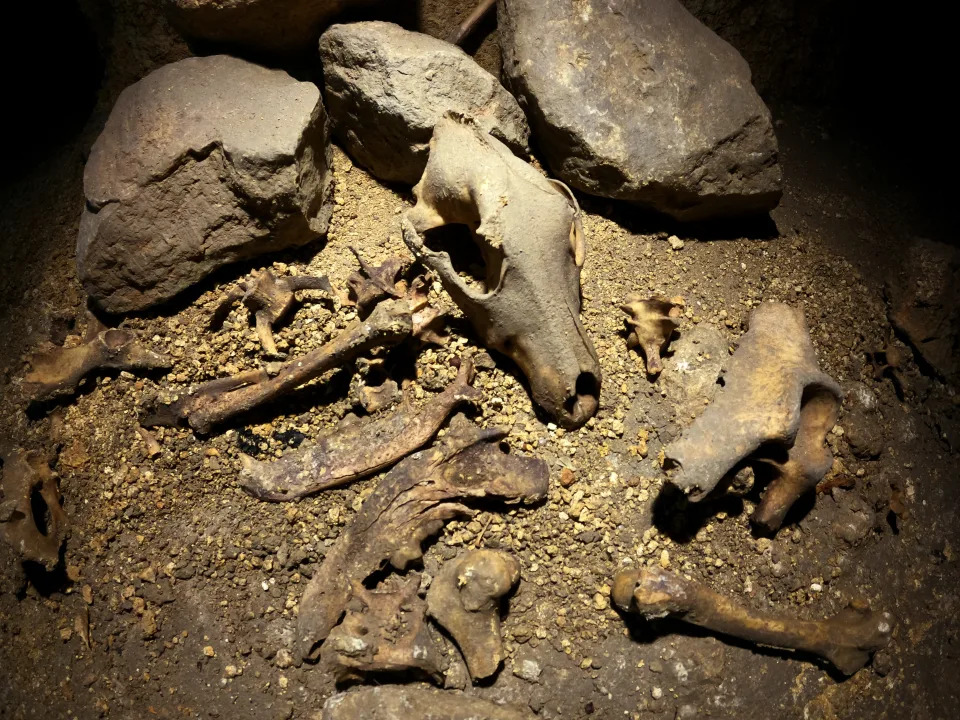
Among the items recovered during the excavation are animal bones and lamp stands. One particular room in the network was found to house a column drum and an object positioned in the manner of a tombstone.
“We did not think that it could spread over such a large area,” Uğuz told Anadolu Agency in August. “During the surface surveys, the old men living here said that they had visited this place when they were children and that it was a very large underground city.” Uğuz believes that this year’s excavation work has made the difference in determining how enormous the underground city truly was.

Among the items recovered during the excavation are animal bones and lamp stands. One particular room in the network was found to house a column drum and an object positioned in the manner of a tombstone.
Photo: Serhat Cetinkaya/Anadolu Agency
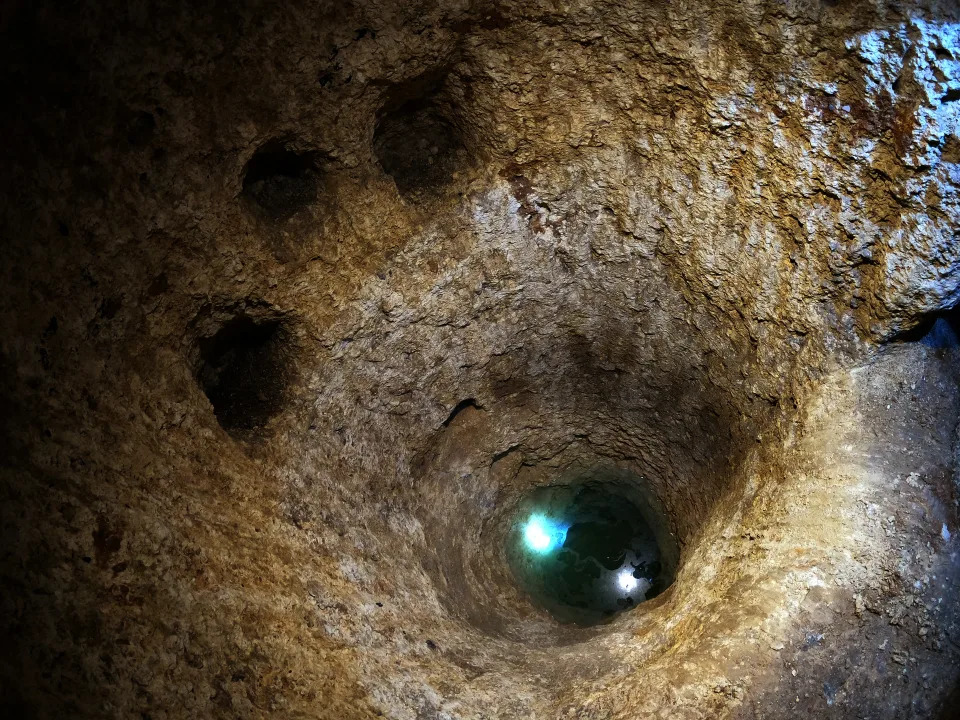
The true depth of the underground city has not yet been determined. Ventilation systems and chimneys have been discovered in the structure, indicating a relatively high quality of life for the residents seeking temporary refuge in Sarayini.
Photo: Serhat Cetinkaya/Anadolu Agency via Getty ImagesMore
Excavation work at Sarayini has been in process for the past two years. Many of the ancient underground cities unearthed in Turkey have only been discovered in recent years, and most have not been fully explored. Preliminary studies have indicated that a subterranean complex found in Turkey’s Neveshir region may be larger than both Derinkuyu and Sarayini, though archaeologists don’t yet have a complete picture of the site. With Sarayini’s neighboring underground cities between three and seven miles away, research as to whether the complexes may be connected is ongoing.
Originally Appeared on Architectural Digest
Excavation work at Sarayini has been in process for the past two years. Many of the ancient underground cities unearthed in Turkey have only been discovered in recent years, and most have not been fully explored. Preliminary studies have indicated that a subterranean complex found in Turkey’s Neveshir region may be larger than both Derinkuyu and Sarayini, though archaeologists don’t yet have a complete picture of the site. With Sarayini’s neighboring underground cities between three and seven miles away, research as to whether the complexes may be connected is ongoing.
Originally Appeared on Architectural Digest
No comments:
Post a Comment